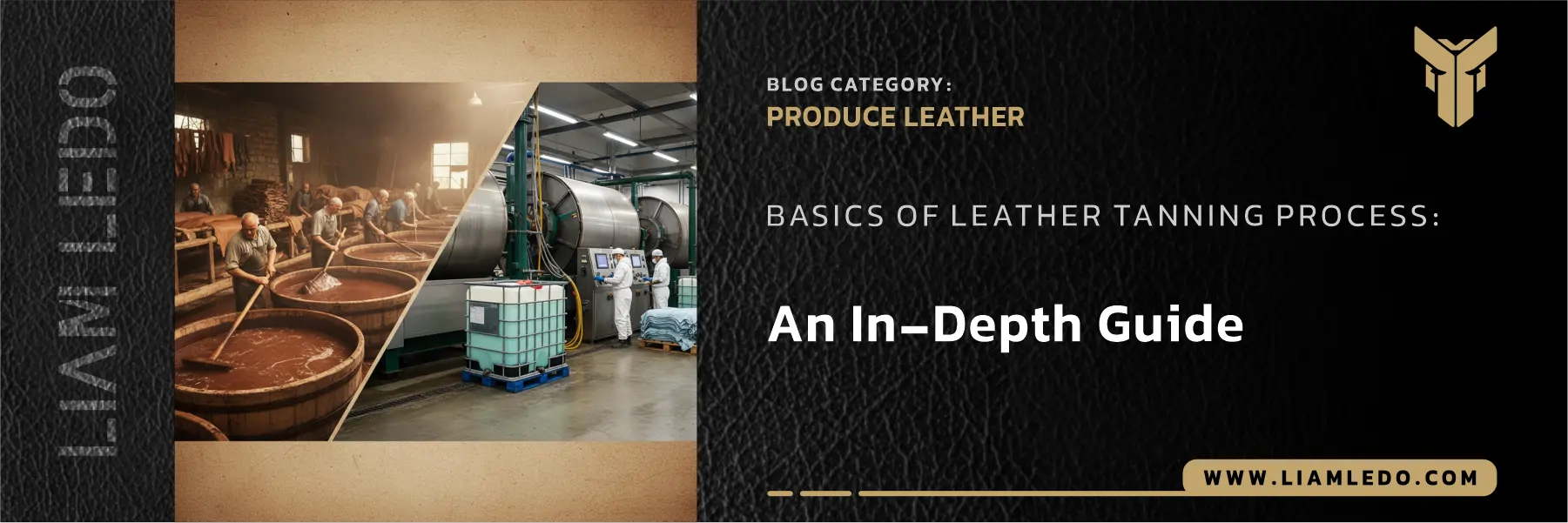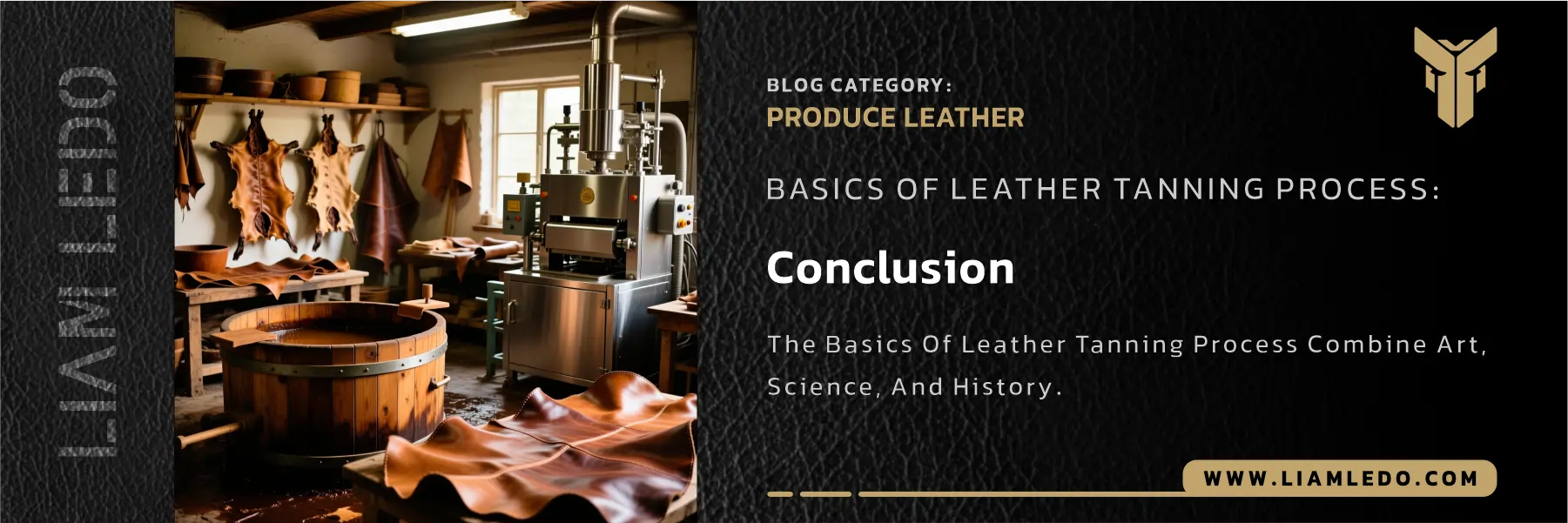
Leather has been a cornerstone material for human civilization for thousands of years. From ancient armor and footwear to today’s luxury handbags, the key factor behind leather’s longevity lies in the tanning process. Understanding the basics of the leather tanning process not only reveals how raw animal hide transforms into durable material, but also helps you appreciate the craftsmanship behind every leather product, while highlighting the balance between tradition, technology, and sustainability in modern leather production.
Learn more about leather and make better choices:
1.The History of Leather Tanning:
The history of leather tanning dates back more than 5,000 years. Early civilizations such as the Egyptians, Mesopotamians, and Romans used natural materials like tree bark and animal fats to preserve hides.
While these traditional tanning methods were time consuming, they produced leather with rich textures and excellent durability. Over centuries, the process evolved as technology introduced faster, more efficient, and sometimes more environmentally challenging methods.
2.Understanding the Leather Tanning Process:
The tanning process transforms raw hide—prone to rotting—into strong, flexible leather.
Here’s a simplified breakdown:
- Preparation & Soaking – Hides are cleaned, soaked, and softened to remove dirt, blood, and excess moisture.
- Unhairing & Liming – Chemicals or manual scraping remove hair and surface fats.
- Deliming & Bating – The pH is reduced, and enzymes work on fine cleaning.
- Tanning Stage – The hide is treated with tanning agents that stabilize its structure.
- Drying & Finishing – The leather is stretched, dyed, conditioned, and polished.
2.1.Types of Leather Tanning:
Different tanning techniques create leather with unique qualities. The main types are:
1.Vegetable Tanning:
Vegetable tanning uses plant-based tannins from bark, leaves, and fruit.
Key benefits:
- Eco friendly and biodegradable
- Creates leather that develops a beautiful patina over time
- Excellent for leather preservation techniques
However, it’s a slow process—taking weeks to complete—and generally produces stiffer leather.
2.Chrome Tanning:
Invented in the 19th century, chrome tanning uses chromium salts.
Advantages:
- Fast processing (often under 24 hours)
- Produces supple, flexible leather ideal for clothing and upholstery
- Lower production cost
On the downside, it has a higher environmental impact if waste management is poor.
3.Other Tanning Methods:
While vegetable and chrome tanning dominate, there are also synthetic tanning methods using aldehydes, and brain tanning, still used in certain indigenous traditions.
2.2.Vegetable Tanning vs Chrome Tanning: A Comparison
| Feature | Vegetable Tanning | Chrome Tanning |
| Processing Time | Weeks | 1–2 days |
| Durability | High, ages well | Medium–High |
| Eco Impact | Low | Higher |
| Color Flexibility | Natural tones | Wide range |
| Cost | Higher | Lower |
2.3.Traditional vs Modern Leather Tanning:
In traditional workshops, leather tanning is an artisan craft—often done manually, relying on generations of knowledge. Today, industrial tanning facilities rely on machinery and chemical precision, producing vast quantities of consistent leather.
The ideal approach balances the authenticity of traditional tanning with the efficiency of modern practices.
2.4.Leather Preservation Techniques:
Even the best tanned leather will deteriorate without proper care.
Tips for preserving tanned leather:
- Keep leather away from direct sunlight to prevent fading.
- Store in cool, dry places to avoid mold.
- Use pH balanced leather conditioners.
- Avoid soaking in water; if wet, dry slowly at room temperature.
2.5.Environmental Impact and Sustainability:
One of the biggest debates in the leather industry revolves around sustainability.
- Vegetable tanning is more eco-friendly, though it requires more resources in time and space.
- Chrome tanning offers speed and cost benefits but can pollute waterways if waste is unmanaged.
Many tanneries are now adopting closed-loop systems and biodegradable tanning agents to reduce their ecological footprint.

Conclusion:
The basics of leather tanning process combine art, science, and history. Whether it’s the slow elegance of vegetable tanning or the speed of chrome tanning, each method shapes leather’s durability, texture, and character. For consumers, understanding this process adds depth to every leather purchase and helps make informed, sustainable choices.
From the history of leather tanning to modern leather preservation techniques, this timeless craft stands as proof that with the right care, leather can last a lifetime—and beyond, symbolizing the perfect union of nature, skill, and human ingenuity.
Source: The Gentleman’s Gazette | Wikipedia







